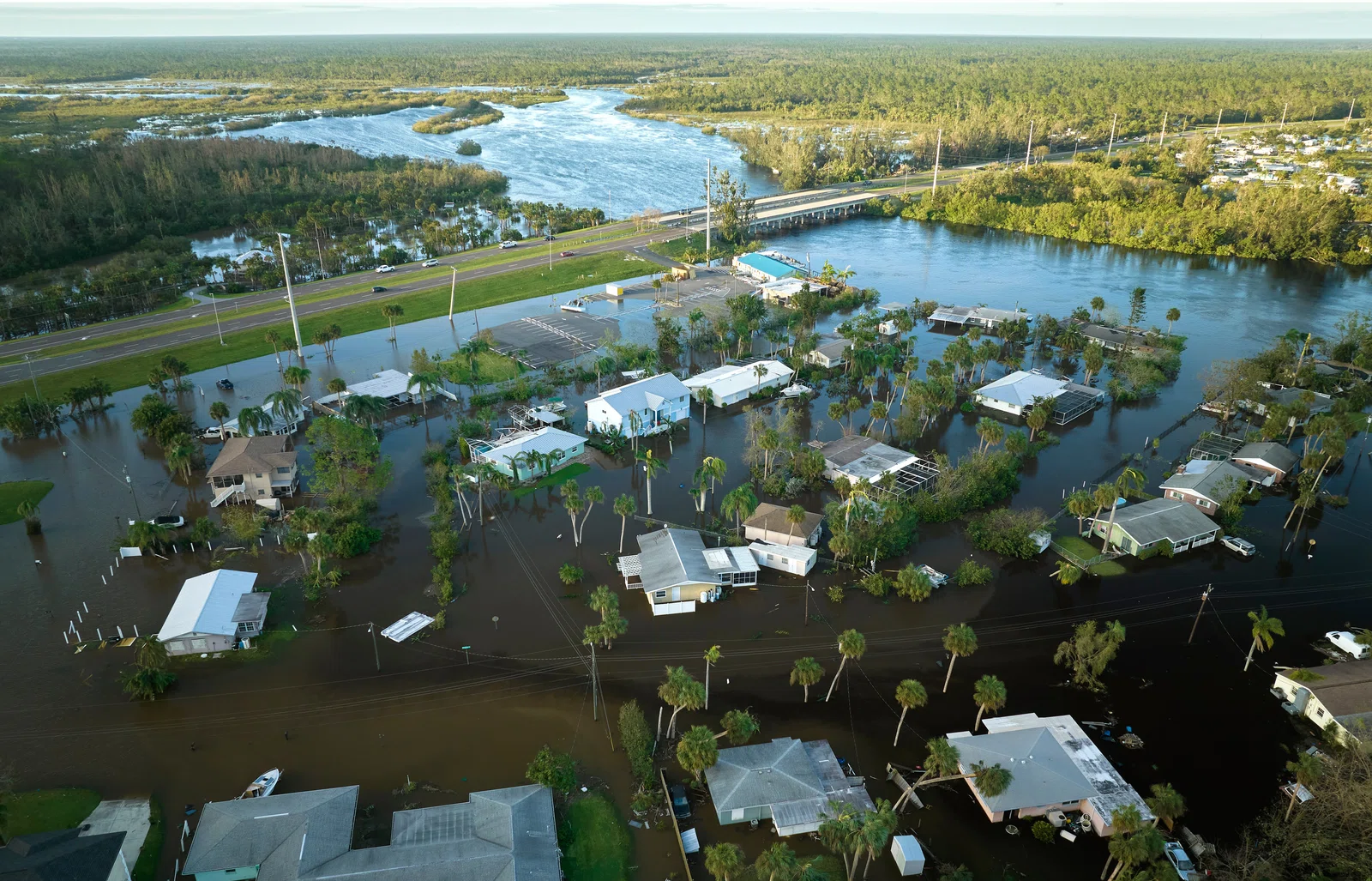

DEPARTMENTS

ETHICS
Editor’s note: The case study in this article is fictitious and is intended to highlight ethical issues in the practice of industrial hygiene. Any resemblance to real people or organizations is coincidental. The opinions expressed are those of the authors and do not necessarily reflect the opinions of AIHA, The Synergist, the Joint Industrial Hygiene Ethics Education Committee, or its members.
Send feedback to The Synergist.
“Perfection vs. Practicality”:
Readers Respond

The article “Perfection vs. Practicality in Disaster Response” by Alan Leibowitz in the January 2023 issue presents a fictional case study about an OEHS professional who encounters an ethical dilemma when her life is affected by a natural disaster. A summary of the case study appears below, followed by responses from Synergist readers.
SUMMARY
Soon after Heather, a retired OEHS professional, moves to coastal Florida, her community is struck by a significant hurricane that inundates her home and leaves several inches of mud throughout her living space. Heather reaches out to several contractors that offer cleanup services, but their wait time is at least a week, so she seeks help from a crew of construction workers who are volunteering in the community. Unlike their supervisors, the workers are inexperienced in disaster response. Heather suggests that the supervisors communicate with the workers about potential hazards and offers safety suggestions.
Heather is impressed with the workers’ diligence. Occasionally, she notices situations that, if she were observing them in a professional capacity, would prompt her to ask that work be postponed for further evaluation. But she knows that, given the circumstances, any pause in work would result in the crew moving on to other homes. The work at Heather’s home is completed without any injuries.
Questions for discussion: Is there any acceptable difference in the OEHS controls employed in disaster response versus those used in standard work? Can professional judgment be used to establish protective procedures in the absence of sampling data during an emergency? Should Heather have waited until a fully trained and equipped team was available? Should Heather have insisted that all possible protective equipment be used where potential risks were present? Should Heather have personally informed each of the workers about the hazards associated with their work?
READER RESPONSES
Our company has several crews that provide rotating, on-call support to our emergency response organization. After several years in this organization providing safety support, I became the commander of one of these crews. My advice in an emergency: don't let perfection be the enemy of good. Perfection in an emergency response is not only unachievable, the lack of action while you attempt to achieve the impossible will lead to inefficiencies and cause other bad things to happen. You weigh the risk and put people first, but sometimes you need to prioritize doing the right thing above doing the thing right.
Kevin S.
You weigh the risk and put people first, but sometimes you need to prioritize doing the right thing above doing the thing right.
Emergency response workers manage risks by integrating protective practices into their training. Police and firefighting academies are examples. Responses to various emergency scenarios have to be planned ahead of time and practiced because there is no time to do this when the emergency occurs. Experience from past emergencies, including exposure monitoring results, can inform planning for the next.
Assuming Heather did not have experience with emergency planning and response for this scenario, she did the only thing she could do in picking an experienced crew she observed operating successfully. They had greater expertise than she did.
There are service providers with expert knowledge in remediating flood-damaged buildings. In a perfect world, this knowledge would be disseminated to those who need it, perhaps through apprenticeship programs. A question for the profession is how best to provide the technical support these programs need to be successful. In addition to disseminating existing knowledge, a feedback loop is needed to learn from experience and continuously improve.
Paul Wambach
Yes, there is an acceptable difference between OEHS controls for the 40-hour worker for a specialized disaster recovery company who travels from event to event over a 40-year work life and a worker trained in the trades who volunteers to work more-than-eight-hour days in a once- or twice-in-a-lifetime event—especially if we remember that TLVs and PELs in some cases can allow for excursions over the limit.
Professional judgment needs to be used not only in emergency situations (during the hurricane and flooding) but also in the recovery phase (after the water has receded). We know that mold takes time to grow and produce enough spores that would be detrimental to a cleanup worker. Current guidelines suggest comparing indoor to outdoor mold counts. With the windows open and perhaps the exterior of the building compromised, mold counts could potentially be the same, requiring professional judgment.
In my workplace, procedures are written, defined steps to accomplish tasks. In a post-hurricane recovery phase, formal briefings may work better than written procedures. Also, pictographic guidelines may work better in this case than a set of written procedures to follow.
In the post-hurricane conditions described in this scenario, waiting for a fully trained and equipped team may take between three days and two weeks to be on site, thus increasing the risk of mold development. I would rank mold relatively low in a post-recovery hazard assessment. Only if there was obvious structural damage would I wait for trained and equipped personnel.
In a resource-limited event, insistence may be worthless as PPE may not be available.
Anyone who comes to assist, whether volunteer or professional, should be provided a briefing on the hazards still prevalent at the time of their arrival, with daily updates as necessary. I think Heather should communicate her hazard concerns through the supervisors, who can provide information on the hazards to the team as part of their daily pre-job. Heather should not communicate directly to each worker unless she observes an imminent danger to life.
Construction and demolition are not my company’s forte, and I haven’t been exposed to the storm debris encountered in this scenario for 40 years. But if I were the individual in an event like this and I was able (that is, not injured), I would first take insurance photos and place the house in a safe configuration by shutting off gas and power. Then I would begin to remove the damaged or wetted materials with the supplies I may still have on hand until help arrived.
A digital Synergist reader
Emergency response and standard work are generally different, but controls should be maintained to protect the workers. Heather did the right thing to talk with the supervisor about her concerns for his workers, and a discussion with the workers would have been a good idea. If she explains her background and care for the crew, they should understand her point of view. That may help prevent them from a future injury based upon the information she shares. Waiting for a fully equipped team may have cost her more damage from mold and anything else that grows in a swamp-like environment. Disaster response will always be difficult, and so, as professionals, we need to do the best we can given the situation handed to us.
A digital Synergist reader